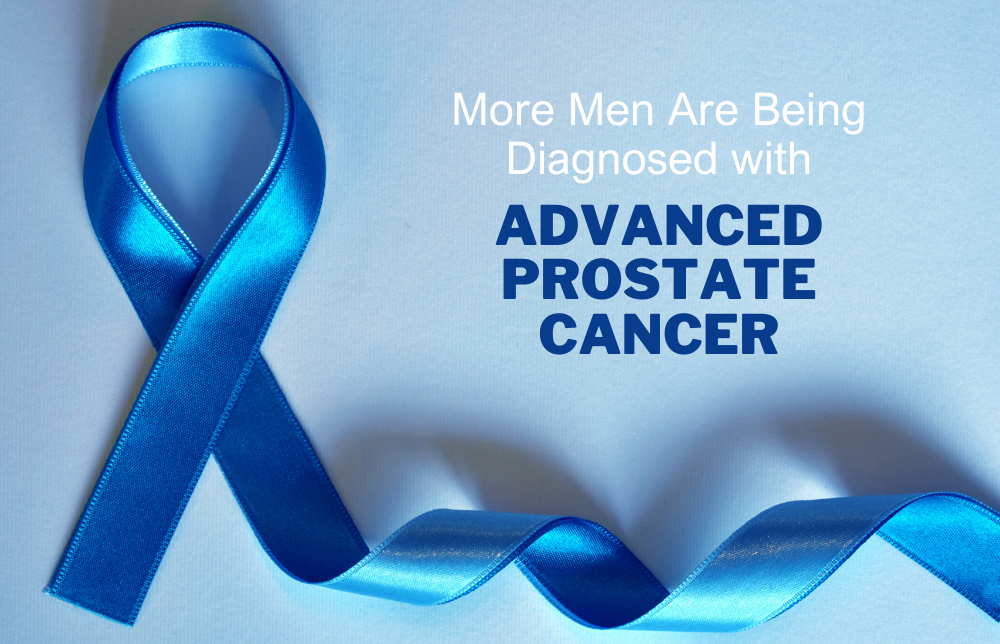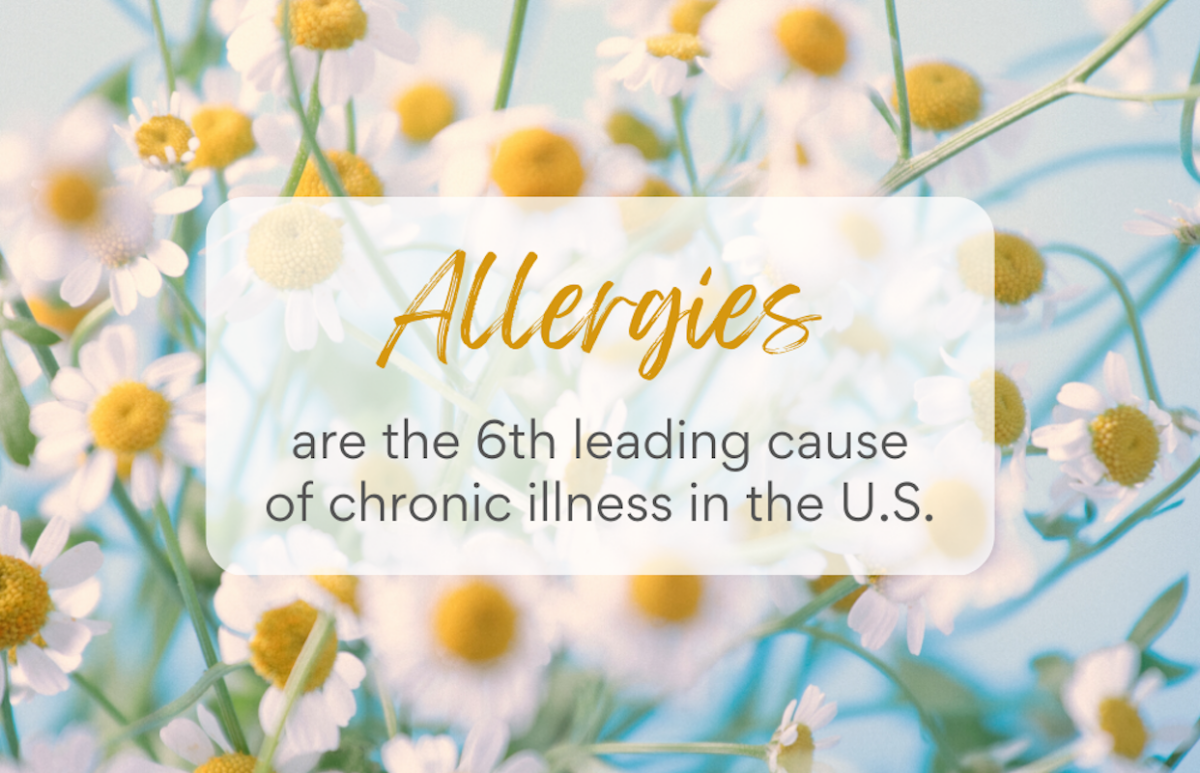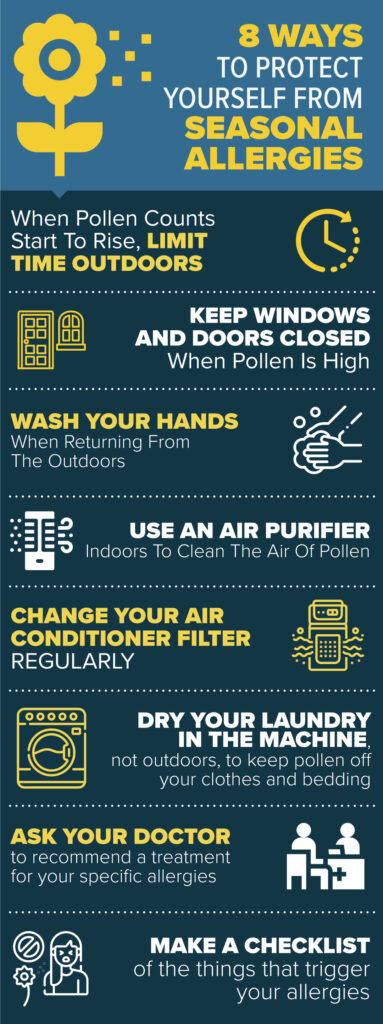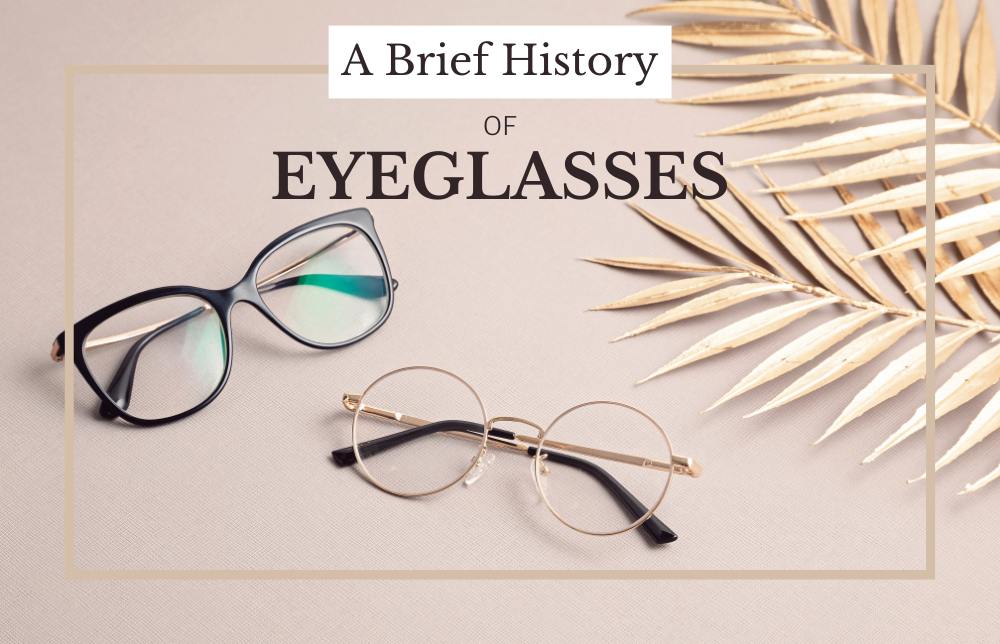Boost Your Thinking Power: Tips to Keep an Older Brain Wiser
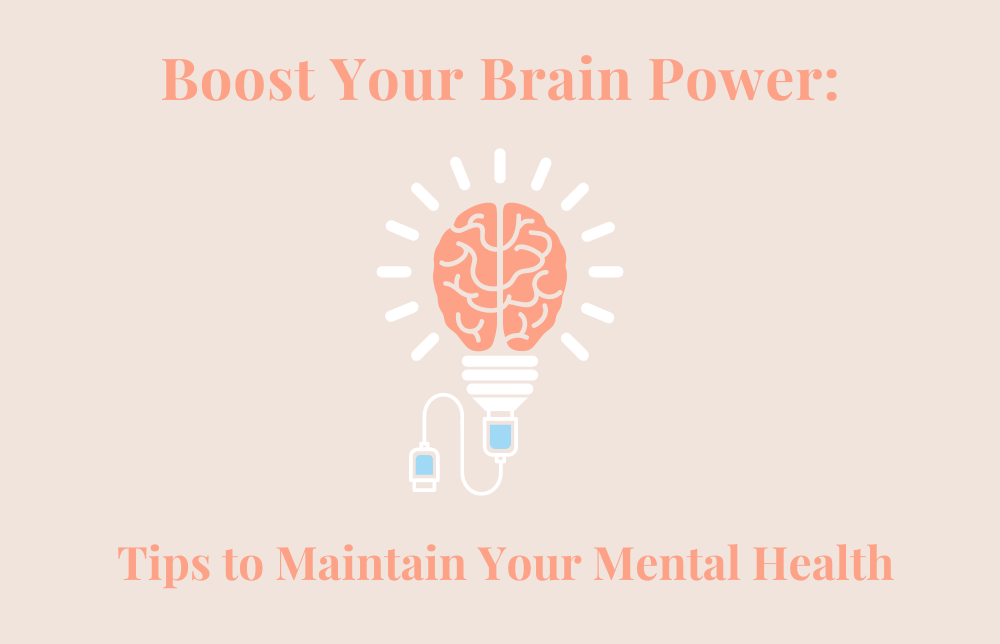
As we get older, both physical and mental health are equally important to maintain quality of life. Boosting your brain power can help you stay sharp and engaged and keep your cognitive skills and memory sharp. Three of the most effective ways to keep your mental health strong are by practicing mental exercises, maintaining relationships and friendships, and eating right. These factors can provide significant benefits to staying mentally fit for your entire life. Best of all, all three can be rewarding, social, and fun!
Boost Your Brain Power with Memory Exercises
Brain games such as crossword puzzles and Sudoku provide excellent mental stimulation while helping boost concentration levels and strengthen memory and problem-solving skills. Mnemonic devices are a great way to exercise your memory. Mnemonics use word association, visuals, and other techniques to help remember information. For instance, the mnemonic device “Every Good Boy Does Fine” can be used to remember the lines of a musical staff (EGBDF).
Reading is a great way to captivate your imagination, stay up to date on current events, and learn new things. Whether you’re reading a genre of fiction, news articles, or poetry, reading is proven to improve your mental capacity and strengthen your memory skills. Additionally, reading aloud has been shown to increase cognitive ability by providing additional stimulation for both auditory and visual processing pathways in the brain.
Learning new skills or re-engaging a past passion are excellent ways to engage your cognitive skills. Whether it’s studying a language, playing chess, or playing a musical instrument, engaging in activities that require mental effort can be highly beneficial.
Staying Social Raises Cognitive Skills
Regular physical activity has also been proven to help improve brain function and reduce the risk of mental disorders like Alzheimer’s disease. So why not do it with friends? Getting together with friends can play an invaluable role in keeping your brain power strong. By going to the gym or for outdoor activities like walking or bike riding together you get to be social and proactive for your brain health.
Even routine conversations and discussions keep your attention strong and raise your critical thinking abilities. Even as simple a thing as meeting up for a coffee, going to sporting events, or catching a movie together not only strengthens your relationships with others, but you also strengthen your brain power at the same time!
Eating Right – A Smart Way to Stay Smart
The expression “you are what you eat” is especially true as we get older. Researchers have found that eating nutritious foods rich in antioxidants and omega-3 fatty acids have significant benefits for mental acuity. On the other hand, fried food, food high in trans-fats, or foods that are high in sugar and sodium can have a debilitating effect on brain function. These foods can even reduce the size of your brain and lead to a stroke!
Eating right can be a way to discover new foods, explore new cuisines, and – you guessed it – a great reason to get together with friends. Trying new restaurants and recipes together is a simple and fun way to get together!
These are all excellent ways to keep your brain strong. But sometimes a time comes when extra support – whether due to mental or physical needs – becomes necessary. That’s why the Long-Term Care plan from NCRGEA and AMBA is a smart investment. Members choose the daily benefit amount, elimination period, and benefit period that best suits their needs. This customizable policy could save you hundreds of thousands of dollars and protect your life savings for you and your loved ones. Sign up for a plan today by calling AMBA at 866-979-0497 or click to request a free Benefits Review.
Source: https://chicagointernalcleansing.com/8-foods-that-destroy-our-intelligence/





